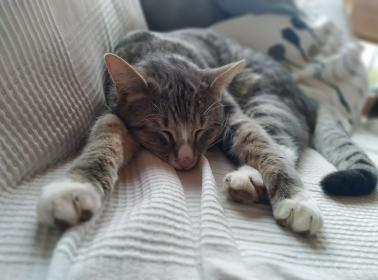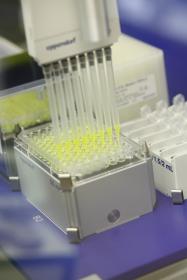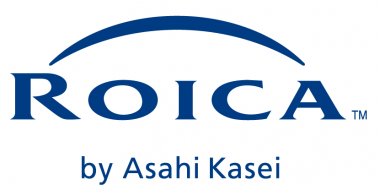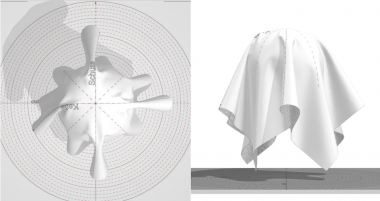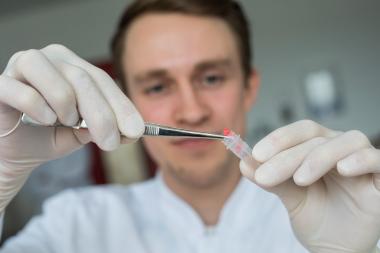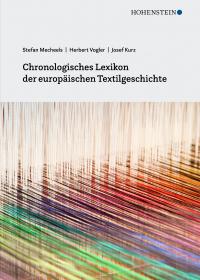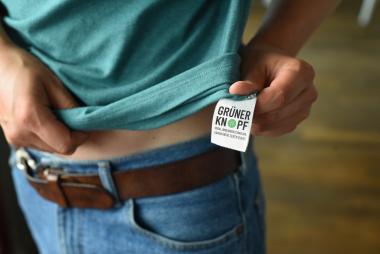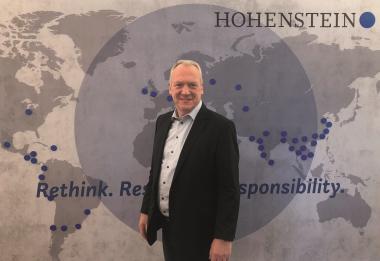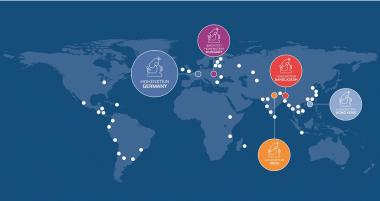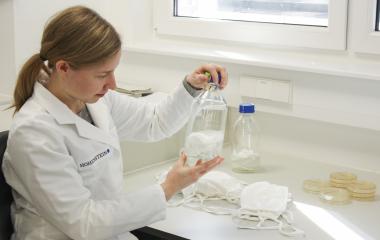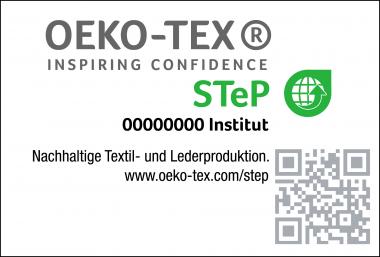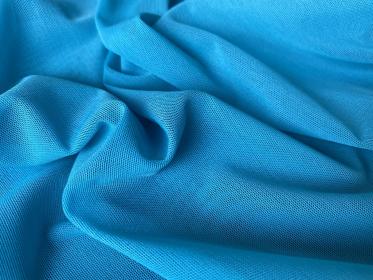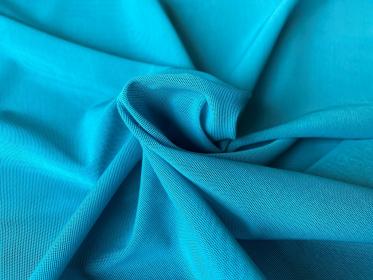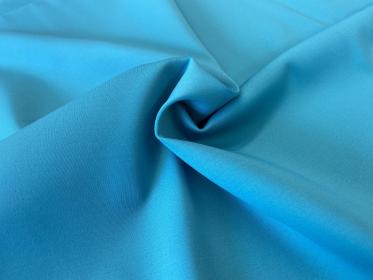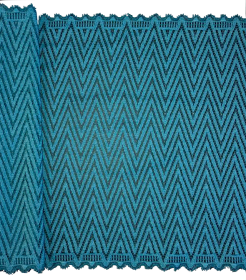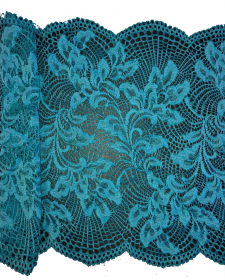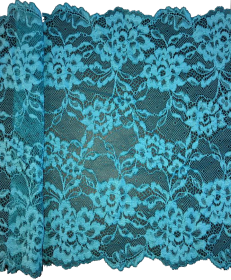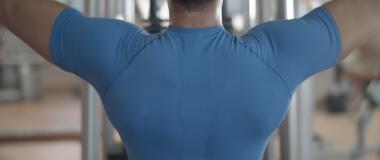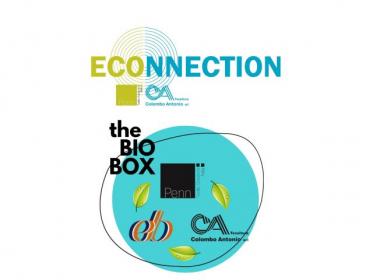Neue Arbeitsgruppe "Medizinprodukte" von Hohenstein und AFBW
In der neu gegründeten Arbeitsgruppe Medizinprodukte – Chancen und Risiken für Hersteller von Medizinprodukten bieten Hohenstein und AFBW (Allianz für faserbasierte Werkstoffe) den Herstellern von textilen Medizinprodukten eine Plattform für Diskussion und Austausch. Thema ist außerdem die Medizinprodukteverordnung, die für viele, vor allem kleine Unternehmen, oft eine Hürde darstellt.
Zur Teilnahme an der digitalen Auftaktveranstaltung am 25. Januar 2022 von 10:00 bis 12:30 Uhr sind alle interessierten Unternehmen eingeladen. Die Veranstaltung bietet Einblick in aktuelle Themen im Bereich der Medizinprodukte und die Möglichkeit zur aktiven Teilnahme.
Unter der fachlichen Leitung von Dr. Timo Hammer (Hohenstein) dienen bei der Einführungsveranstaltung Impulsvorträge als Diskussionsgrundlage. Mit Vorträgen vertreten sind neben Hohenstein u. a. die DITF Denkendorf und diverse Hersteller:
Dr. Timo Hammer, Hohenstein: „Einführungsvortrag“
Christian Preininger, KWO Kunststoffteile GmbH: „Vortragstitel folgt“
Phil Arnold, Artex GmbH: „Vortragstitel folgt“
Karin Berndt, seleon GmbH: „Way of the medical device“
Prof. Michael Doser, DITF Denkendorf: „Vortragstitel folgt“
Nadja Karl, Hohenstein „Biokompatibilitätsprüfungen“
Die Anmeldung zur kostenlosen Veranstaltung ist per E-Mail an Frau Steibli (sadiah.steibli@afbw.eu) oder über die AFBW Website möglich. Dort finden Interessierte auch eine Übersicht aller Vorträge.
Hohenstein






